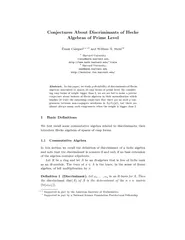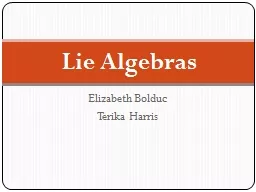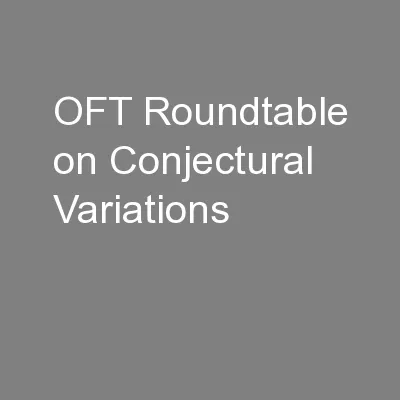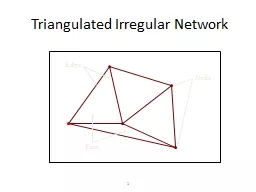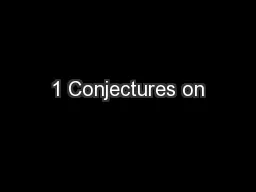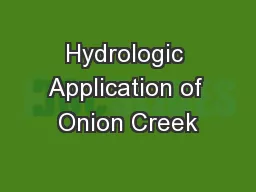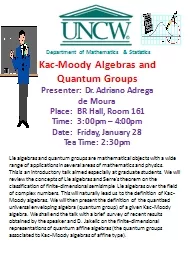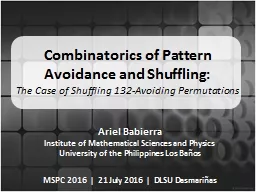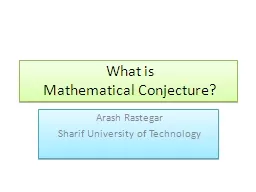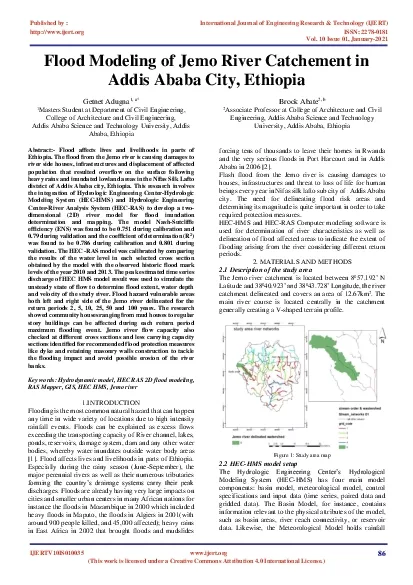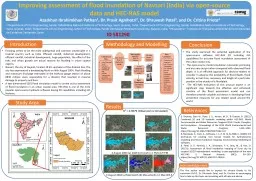PDF-Conjectures Ab out Discriminan ts of Hec Algebras of P
Author : jane-oiler | Published Date : 2015-06-01
Stein Harv ard Univ ersit fcalemathharvardedu httpwwwmathharvardedufcale Harv ard Univ ersit wasmathharvardedu httpmodularfasharvardedu Abstract In this pap er study
Presentation Embed Code
Download Presentation
Download Presentation The PPT/PDF document "Conjectures Ab out Discriminan ts of Hec..." is the property of its rightful owner. Permission is granted to download and print the materials on this website for personal, non-commercial use only, and to display it on your personal computer provided you do not modify the materials and that you retain all copyright notices contained in the materials. By downloading content from our website, you accept the terms of this agreement.
Conjectures Ab out Discriminan ts of Hec Algebras of P: Transcript
Download Rules Of Document
"Conjectures Ab out Discriminan ts of Hec Algebras of P"The content belongs to its owner. You may download and print it for personal use, without modification, and keep all copyright notices. By downloading, you agree to these terms.
Related Documents

